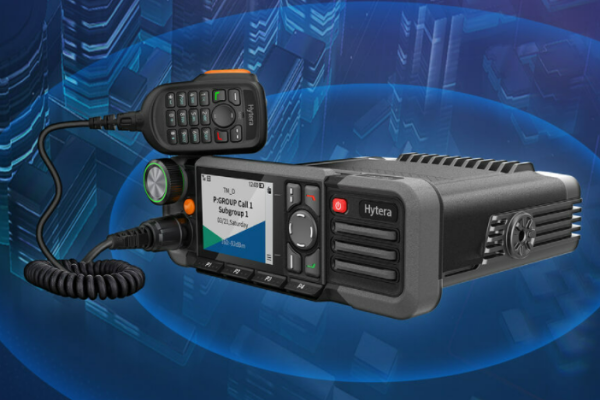Docker has evolved as a go-to technology for developers looking to construct, package, and deploy applications in a variety of settings. It provides a portable and efficient solution by encapsulating everything an application need in small, isolated containers. However, convenience necessitates the necessity for security. In this essay, we will define Docker, explain how it works, and discuss the top security best practices to implement in 2023.
Table of Contents
What Is Docker, and How Does It Work?
Assume you’re a chef making a fancy dish. To prepare your food, you will need a kitchen equipped with all of the essential equipment and materials. However, rather than having to create a new kitchen from scratch every time you want to make a meal, having a portable kitchen that you can carry with you everywhere you go would be much more convenient.
Docker is, in essence, a portable kitchen for software. It enables developers who provide Docker container services to bundle their apps and dependencies into tiny, portable containers that may run on any Docker-enabled system. These containers function similarly to virtual machines but are significantly lighter and more efficient.
When you construct a Docker container, it contains everything your application needs to function, including the code, dependencies, libraries, and even the operating system. This greatly simplifies the transition of your application across contexts such as development, testing, and production. It also means that you won’t have to worry about system compatibility difficulties since everything is already bundled together.
To create, execute, and manage containers, Docker employs a client-server architecture in which the Docker client connects with the Docker daemon. The Docker daemon runs on a host computer and maintains the filesystem, networking, and other resources of the container. Docker containers operate in their own isolated environment, with their own network stack and file system, but they share the host machine’s kernel.
Docker has transformed the way developers create, ship, and operate software. It has made it simpler for developers to concentrate on developing amazing code rather than worrying about the underlying infrastructure by offering a simple and efficient method to package and deploy applications.
Docker Security Best Practices in 2023
Keep Your Images and Containers Up to Date
Docker images and containers, like any other program, may include vulnerabilities. Regularly check for updates, and as soon as they become available, install them. This will aid in addressing and patching any security issues.
Hackers are always seeking flaws in software, and Docker is no different. Patches and updates are issued to address new vulnerabilities when they are found. Keeping up with these upgrades is crucial to the security of your Docker system. Check for updates on a regular basis and install them as soon as feasible.
Learn about other Docker security best practices or get advice on this by following this link: https://itoutposts.com/.
Use Reliable, Secure Images
When it comes to registries, be sure the container images you obtain are from a reliable source. This may sound apparent, but with so many publicly accessible container images that can be downloaded rapidly, it is possible to extract an image by accident from a source that is not validated or trustworthy.
As a result, you should think about blacklisting public container registries other than established trustworthy repositories like Docker Hub. You may also use image scanning tools to assist uncover known vulnerabilities in Docker images.
Container Resources Should Be Limited
When a container is exploited, attackers may attempt to do malicious behavior using the underlying host resources. Set Docker memory and CPU use restrictions to reduce the effect of resource-intensive container breaches.
The container has access to all RAM and CPU resources on the host by default in Docker. Set resource quotas to restrict the resources your container may use—for security reasons and to guarantee each container has enough resources and does not interfere with other services running on the host.
Develop Secure Networks and APIs
Networks and application programming interfaces (APIs) are used by Docker containers to connect with one another. Although adequate monitoring and security measures are also necessary, this communication is necessary for containers to function correctly. These resources should be created to make monitoring easier and provide you immediate access to stop breaches.
Conclusion
Docker is a robust and adaptable containerization technology that has several advantages for the creation and deployment of applications. To guarantee the security of containers and the host system, it also introduces security problems that must be resolved. It’s crucial to use best practices to handle these issues.





